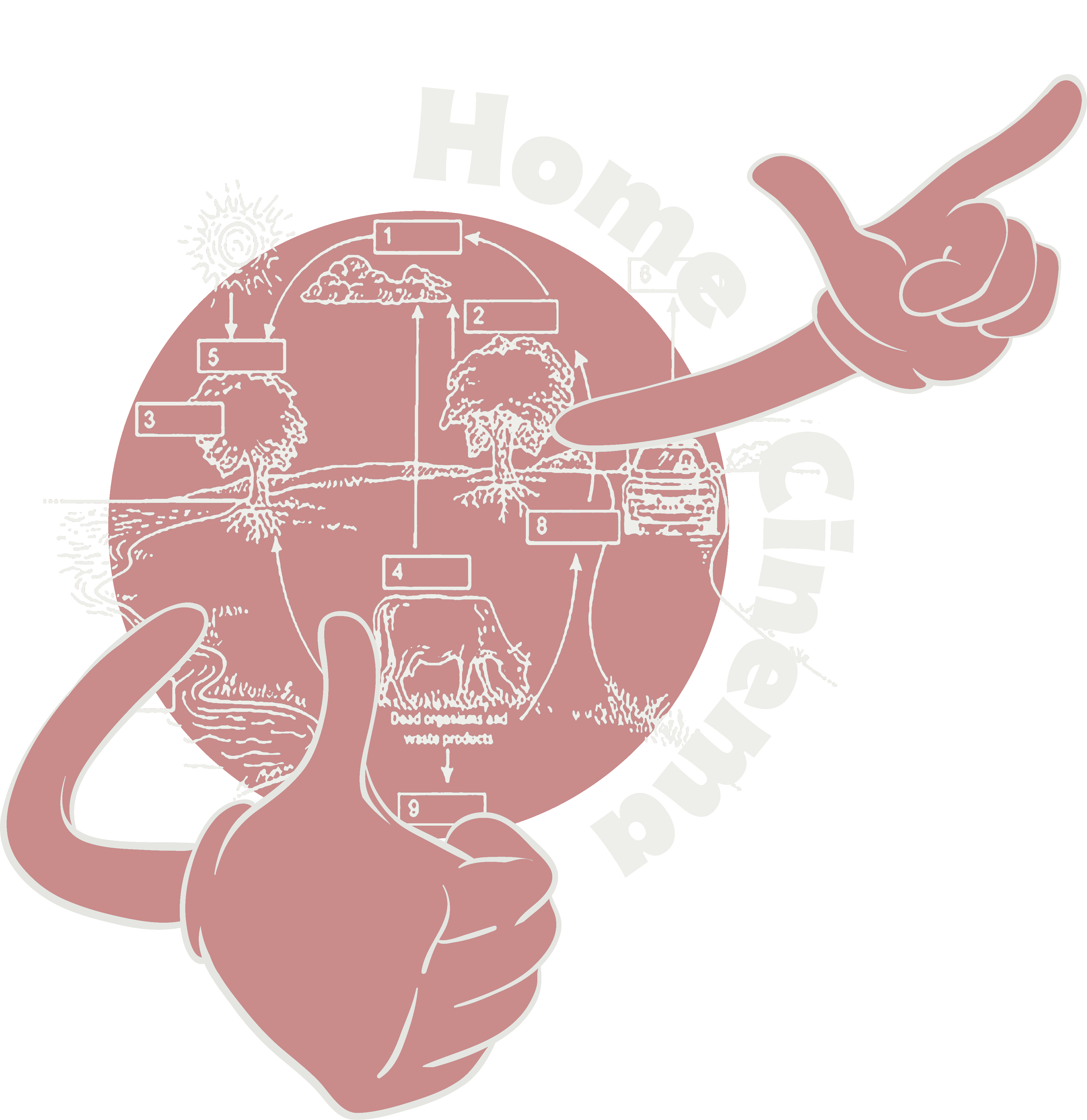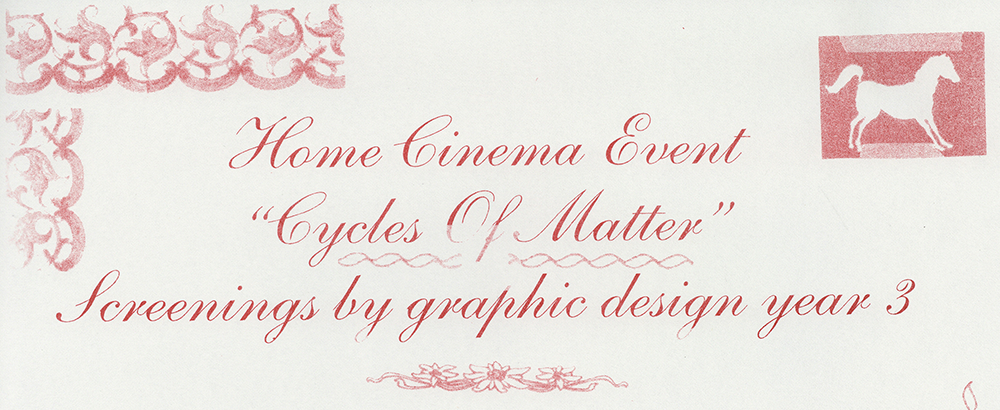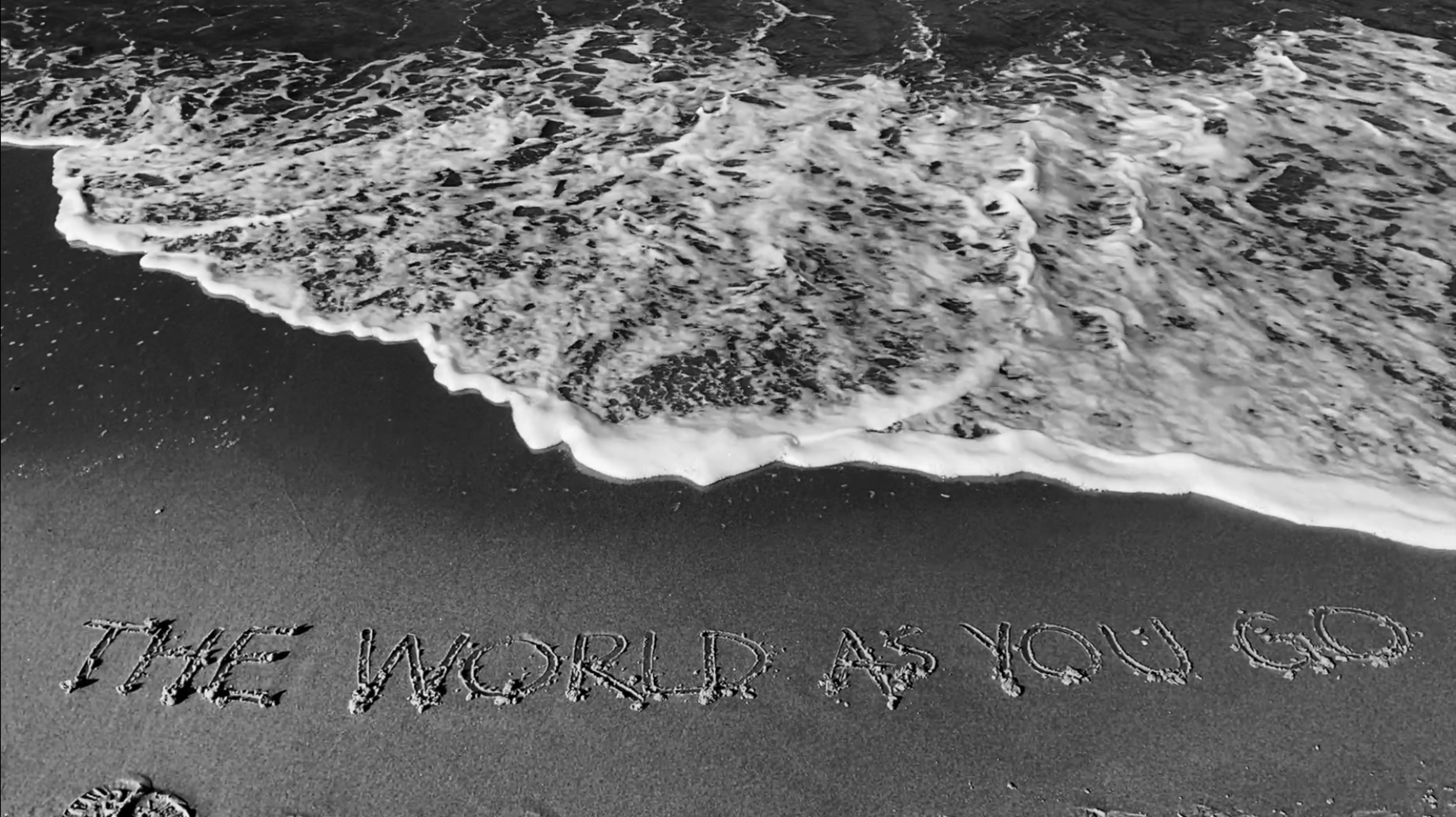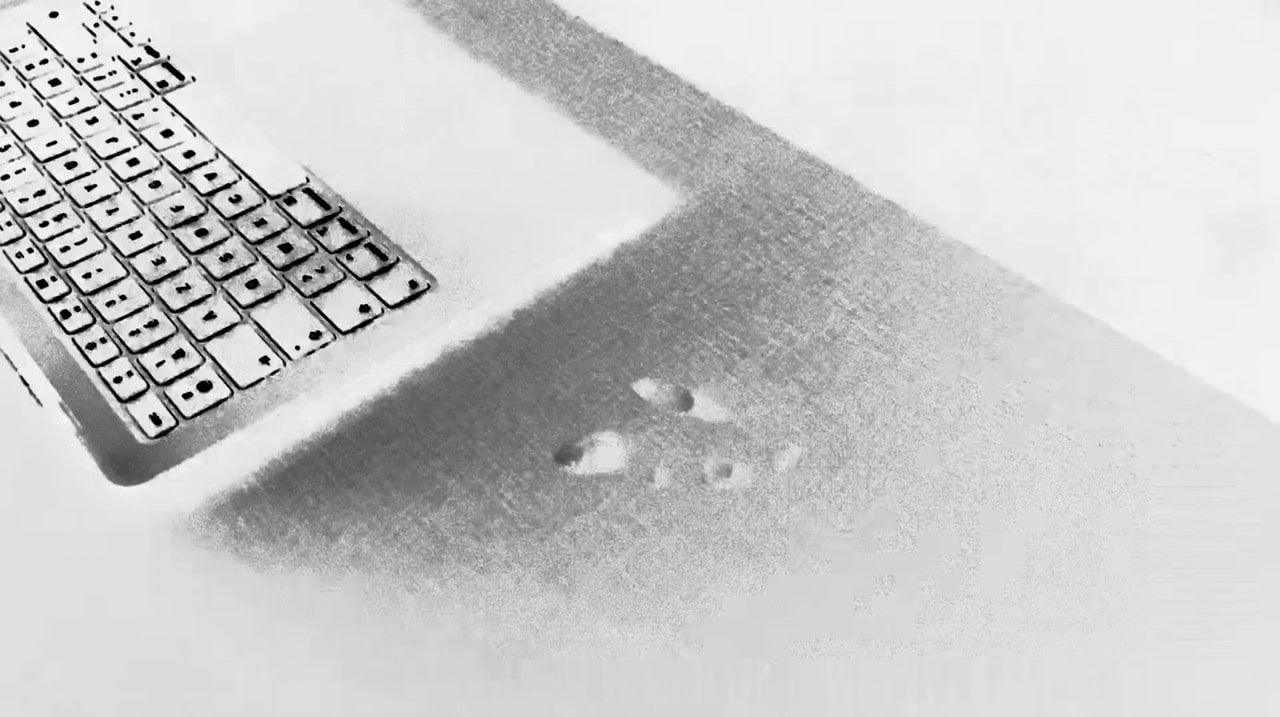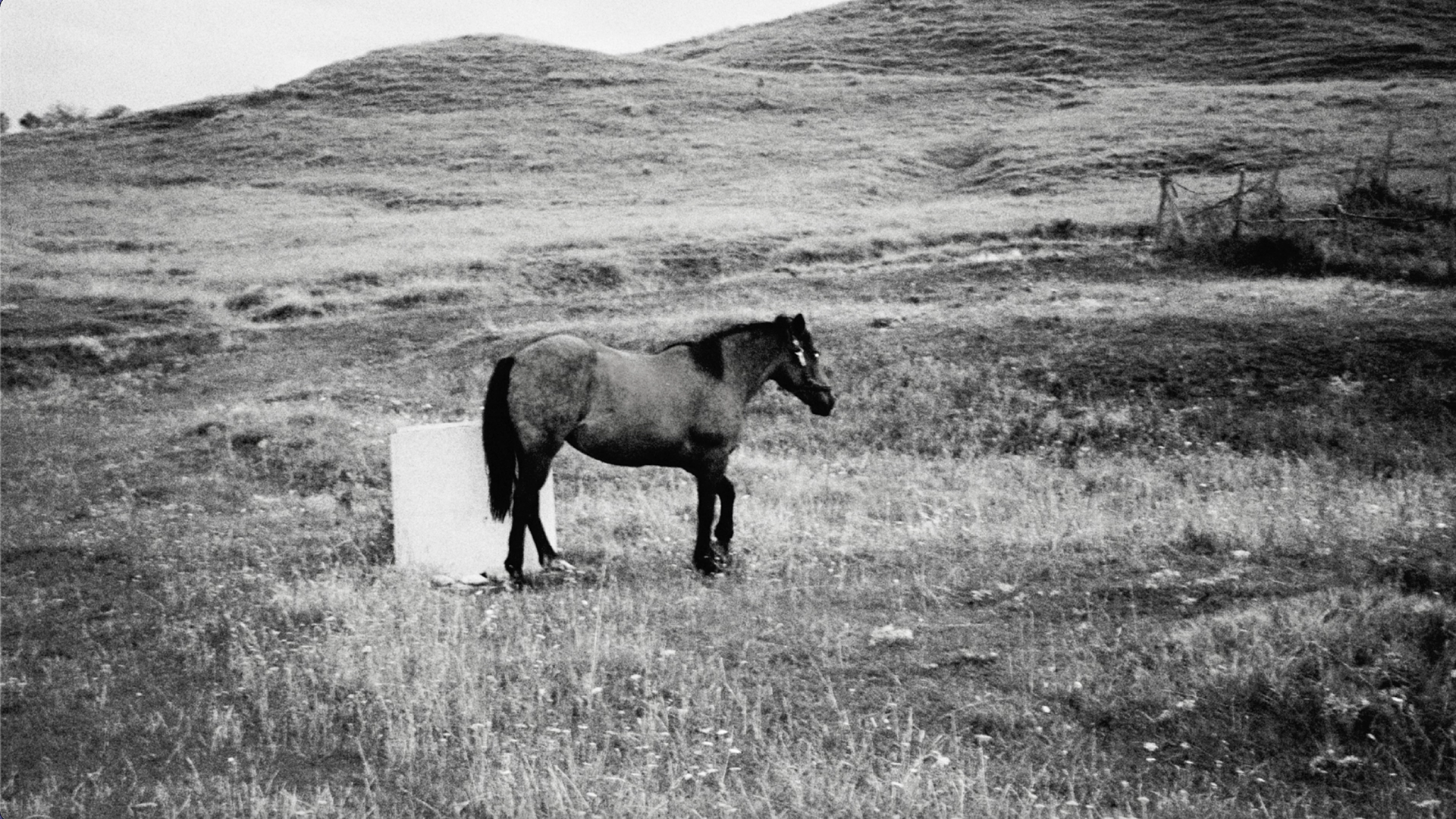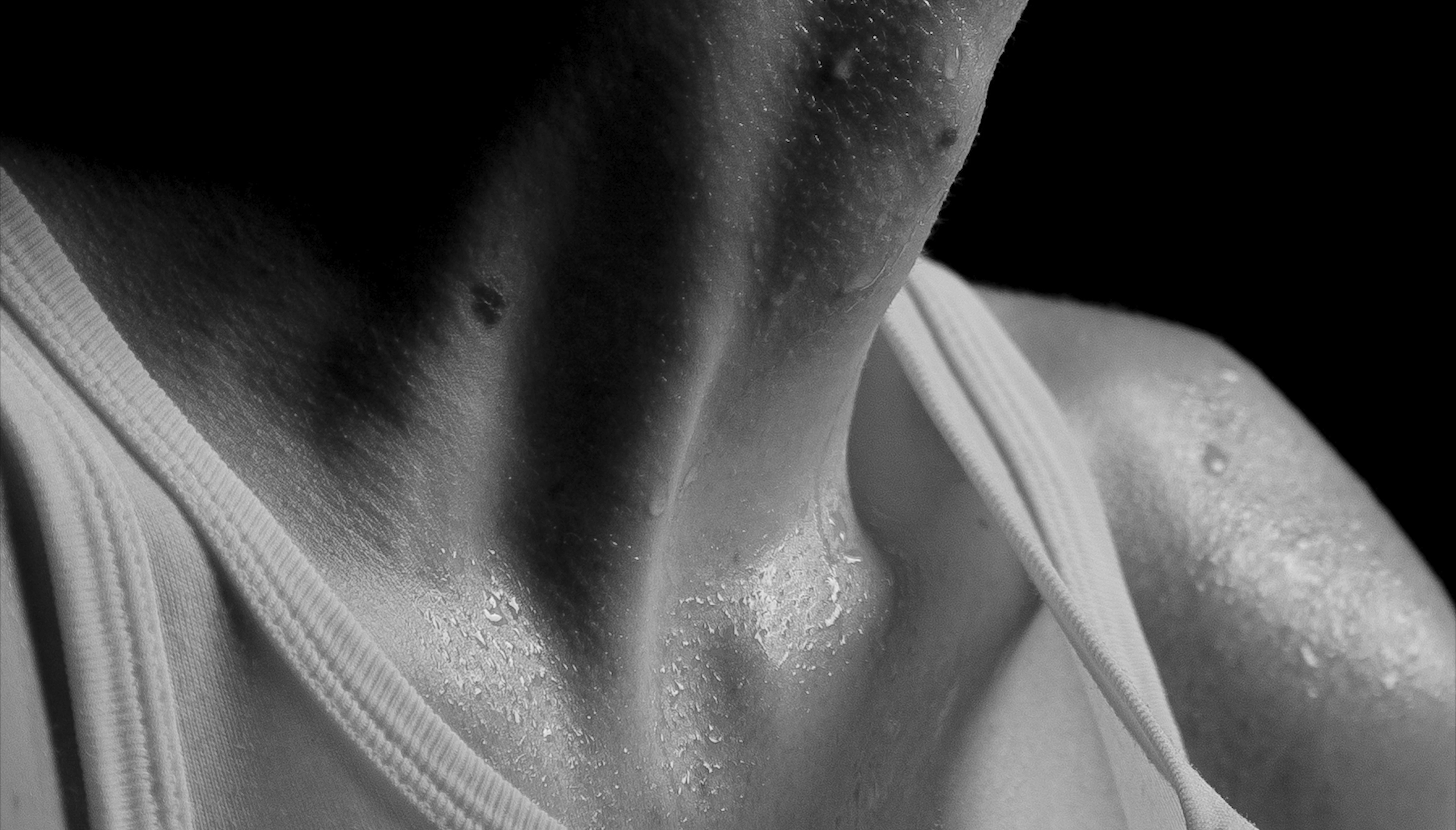Cycles of Matter compiles the work of 21 graphic design students at the Royal Academy of Art, The Hague investigating geological filmmaking, weather cinema, and digital landscapes. Through audio visual material we formulate various positions within imaginary climate narratives.
From the fossils deep below to the scorching sun above, we explore anthropocentric perspectives. What are the new cinematic languages of the Anthropocene and our society today? The earth's cycles—of carbon, water, life—are reframed through new storytelling methods, inviting us to rethink our place within these larger systems. A loop, a dialogue, an auditory experience where humans, ecosystems, and inanimate objects tell their part of the story.
Participating Students: Suzie Veldhuijzen, Miron Konurbaev, Omid Nemalhabib, Vici Feger, Klaudia Orczykowska, Alex Rainer, Frederico Pereira, Maya Curé, Eva Georgescu, Allegra Caricato, Martina Dabbicco, Pyotr Golub, Jiyun Nam, Simcha van der Veen, Andre Kahveciyan, Vlad Omelianenko, Malva Askerup, Farabelle Calicher, Meabh O'Halloran, Maja Usak, Silva Zeller

